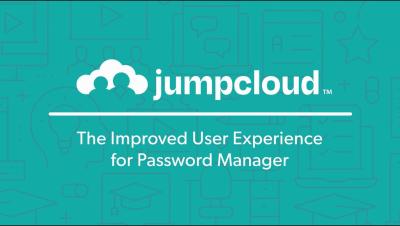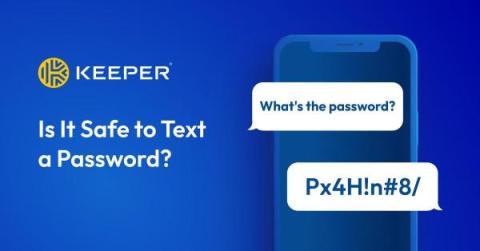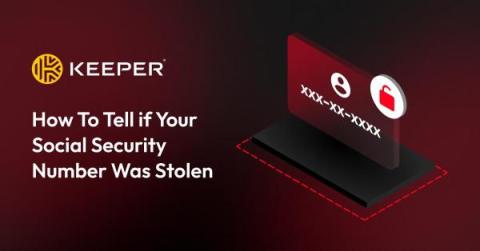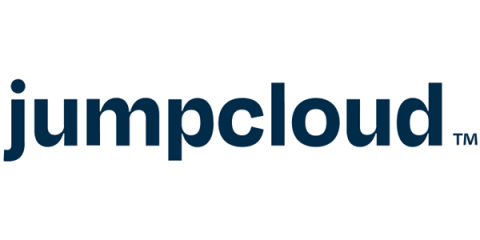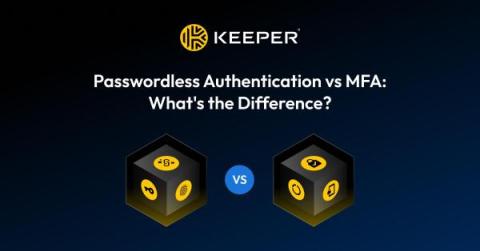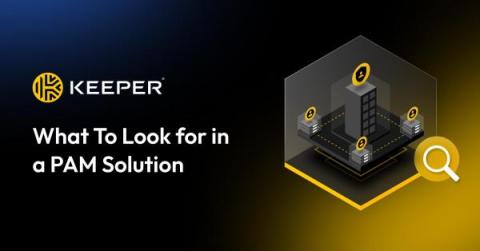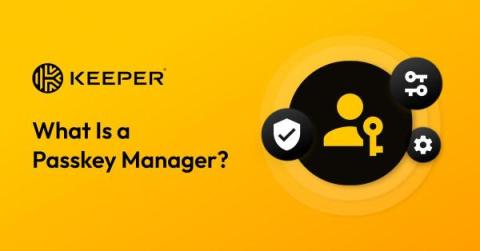The Improved User Experience for Password Manager
Himanshu Sharma, Product Manager at JumpCloud talks to us about the improved user experience for Password Manager. He gives an overview of the improvements, does a demo of the latest update and answers questions from the audience.


